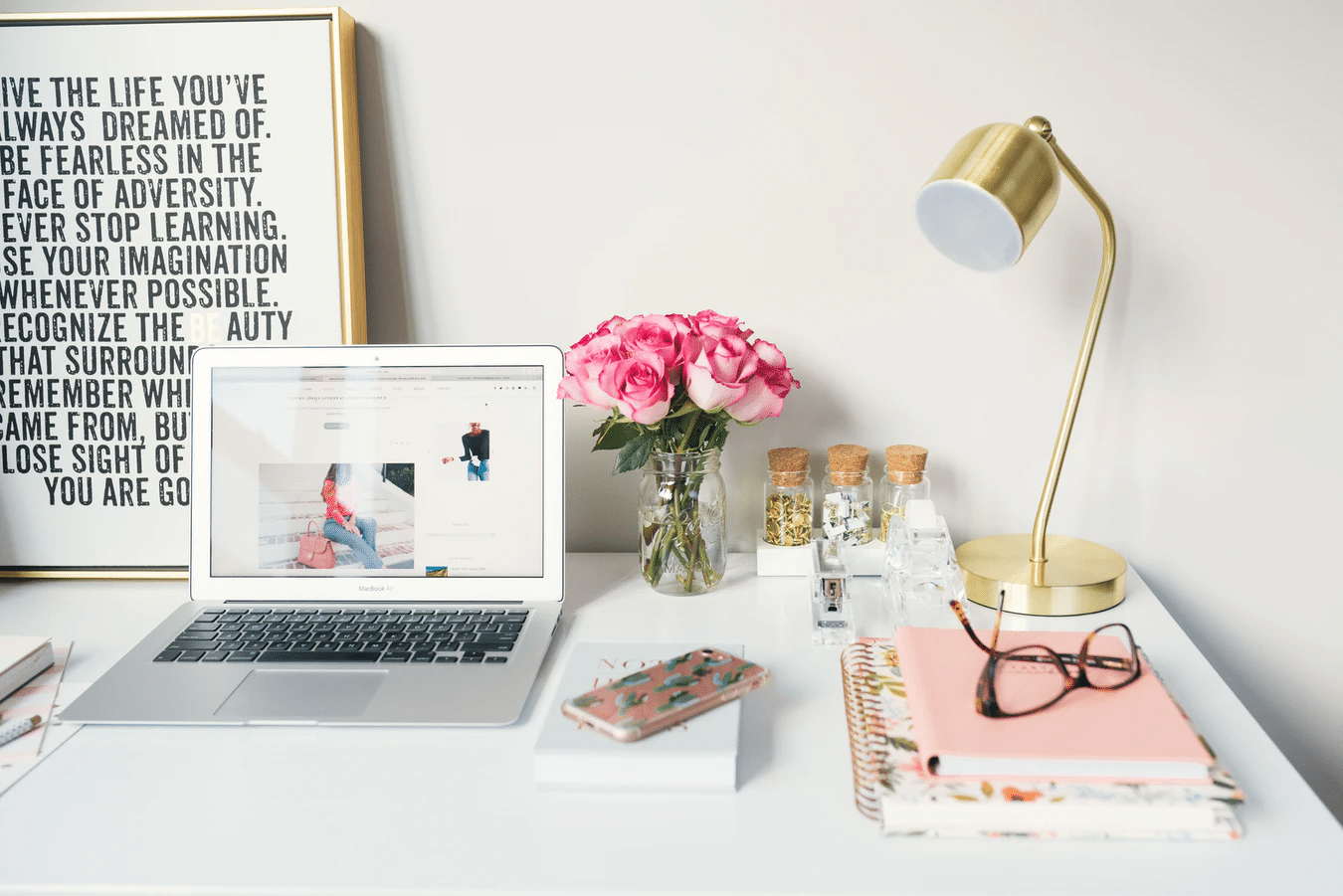Visual design is an important component of information presentation. It has long been proven that people react better to pictures and videos than boring text. Site owners must not only take this fact into account to attract and retain visitors but also to create a memorable brand. A good website image works better than any ad.
Our brain perceives pictures and illustrations better than boring text. Statistics show that users prefer pages that display most of the information through images, GIFs, and videos. If your site is one of those platforms that use visual content, visitors will return to it again and again. Search engines will react positively to such activity. Pay attention to picture Alt text to increase website traffic from image search.
The first thing you should understand when creating a style for a site is that all its visual components should look harmonious and complement each other. Colors, fonts, illustrations, and pictures should share the same story.
When choosing details, focus on your target audience first, but also look for what your competitors don’t have. Uniqueness is the key to recognition. There are many platforms with the same minimalistic style that people forget as soon as they open a new page. The search for a single concept is relevant for both beginners and experienced webmasters.

Just because visual content is good, doesn’t mean you should swear by the rule of using visual content while ignoring logic. Though it is always a good choice to utilize visuals rather than text, the visual content must serve a purpose. A visual does more than attract the audience, it engages them and complements the ideas of the website. Therefore, it is crucial to understand when and how to use these judiciously.
Pay attention to the visual content that performs best with your audience. Try to associate your content to present a story or timeline.
Just like the content and layout of your website, the placement of your visual content is important. Be it charts, icons, graphics, or mere thumb-tags, their positioning can contribute greatly to the user experience.
A website with strategically placed visual content alongside other components is more likely to offer a better experience. This simple yet important aspect translates to improved navigability and value addition to the audience. And by offering the right information to the readers in the right place, you are preventing the audience from distracting and taking their business elsewhere.
While being a great contextual asset, visual content can also be a sincere culprit for ruining site performances. Compared to an equivalent text or other textual content, visuals are heavier and resource-intensive. Therefore, if not optimized strategically, it can pull down your website.
The key to achieving this to use optimization best practices like image compression, resizing and formatting. But, when doing so, ensuring that the quality is not compromised. There are numerous powerful tools to achieve the required results.
If you have a website that presents lots of data - figures, stats and facts, your audience might easily lose interest if you don’t make it engaging. A great way to do it is to use transform the data into a graphical format.
Use engaging and comprehensive illustrations to present your ideas. The key to do it right is to smartly balance the text and visualizations and to showcase them aptly. According to expert reports, infographics and charts are more powerful in engaging and retaining viewers than plain text.
While it is recommended to choose legible and web-safe fonts, it doesn’t necessarily have to suppress your visual appeal. There are a lot more than the common fonts like Arial and Times New Roman. You can leverage advanced tools to test and try modern fonts for your site without having to compromise or affecting the website performance.
But, again this comes with a disclaimer to choose a font that complements the theme of your site.
There are many services where 90% of information is images. These are mainly news sites and blogs with tutorials. The idea of content visualization is hard to implement for many categories, but it also says that you will be the first. It’s worth noting that a complete rejection of the text isn’t recommended because search engines won’t understand your creativity.
If you replace at least 50% of text information with pictures, you will notice that the time spent on your site and the percentage of returns will increase. Stylize photos to make them more attractive. Evoke positive emotions - make images bright, juicy, and fun. RetouchMe service has many functions and ideas for unique images.